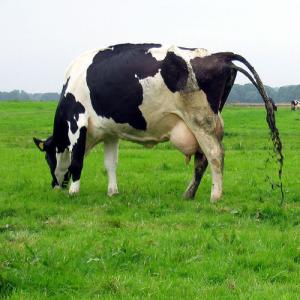By: Juan P. Alvez | Pasture Technical Coordinator
UVM Center for Sustainable Agriculture
Spring is here, and most livestock producers I know are itching to start grazing their cows after a long winter and pretty wet Spring. After all, taking advantage of the best pastures of the year (a.k.a. spring pastures!) seems the way to go.
Spring pastures grow very fast, due to their specific phenology, recharged soils and plant root reserves. Producers know that they have to start grazing their animals to be able to guide pasture growth to make the best of it.
Animals also have the chance to get the best out of these spring pastures. But not so fast! Immature grazing pastures can present challenges that may interfere in the growth and health of your animals.
When forages are grazed at a young stage, or concentrate over voluminous rate is high, causing cows to ingested too much concentrate and too little fiber, it can cause imbalances that can make your animals sick.
For instance, you might see a cow eject slurry feces from its rear end. This can be an indication that a cow is ill; however, sometimes it is also an indication of unbalanced diet, like a spring pasture can present.
What to do?
First, it is important to check whether the whole herd presents these symptoms, which can indicate acidosis. Then, make sure all the affected animals are presented with hay and other fiber-rich options. Then if these symptoms do not go away, call the vet right away.
To keep your herd healthy, make sure they’ve got a balance diet that includes enough fiber. In addition to the tender plants on the spring pasture, include plenty of hay or encourage them to graze in diverse grass-legume-forb forages.



Recent Comments